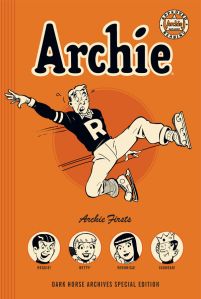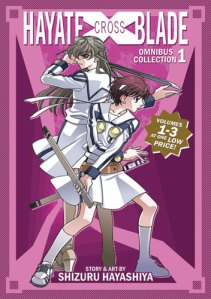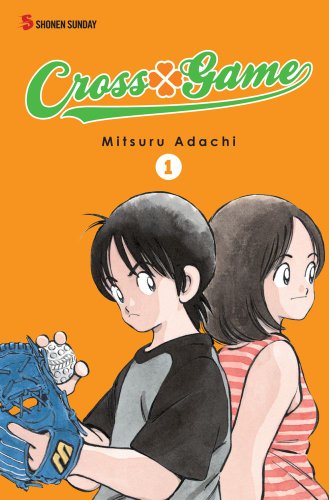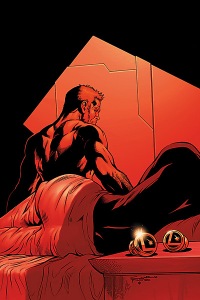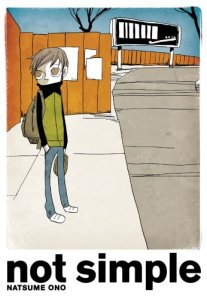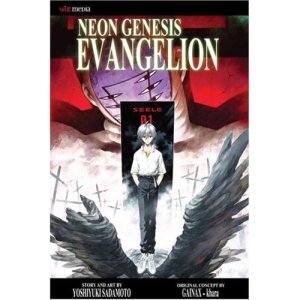It’s one of those neat ComicList weeks where all kinds of interesting comics from throughout the space-time continuum are due to land.
Sean (A Case Suitable for Treatment) Gaffney tweeted about this book, and it has a definite allure for me as a person who read a lot of Archie comics in the back seat of the station wagon on long drives to various vacation destinations during his childhood. It’s Dark Horse’s Archie Firsts collection, which promises “first issues, first appearances, and other milestones, collected for the first time in one hardcover volume!”
I was a huge fan of Scott Chantler’s Northwest Passage (Oni Press), so it would stand to reason that I should pick up a copy of his Two Generals (McClelland and Stewart), which promises “poignant graphic memoir that tells the story of World War II from an Everyman’s perspective.” I’m not a history buff, per se, but Chantler is phenomenally talented.
The first volume of Lars Martinson’s Tōnoharu (Top Shelf) was very intriguing, so I’m looking forward to Martinson’s second look at a fish out of water teaching English in rural Japan.
Erica (Okazu) Friedman is crazy about Hayate X Blade (Seven Seas), written and illustrated by Shizuru Hayashiya, and that’s reason enough to seriously consider the purchase of the first omnibus collection of the series.
And I am crazy about Kou Yaginuma’s Twin Spica (Vertical), and I would never consider delaying in the purchase of the fourth volume. This is easily one of the great series debuts of 2010.
What looks good to you?
